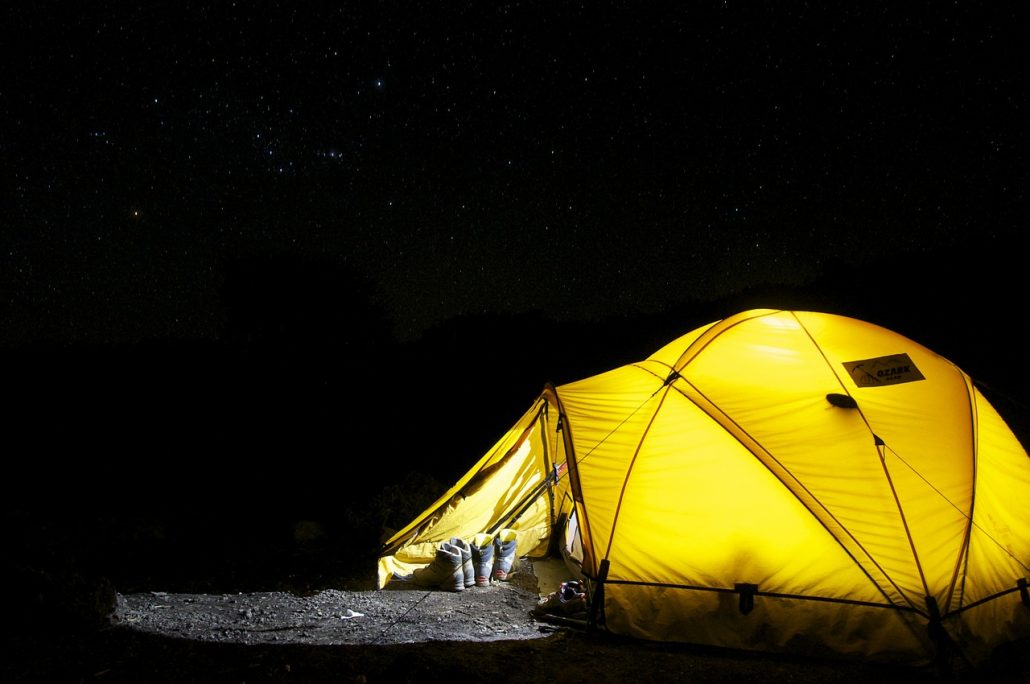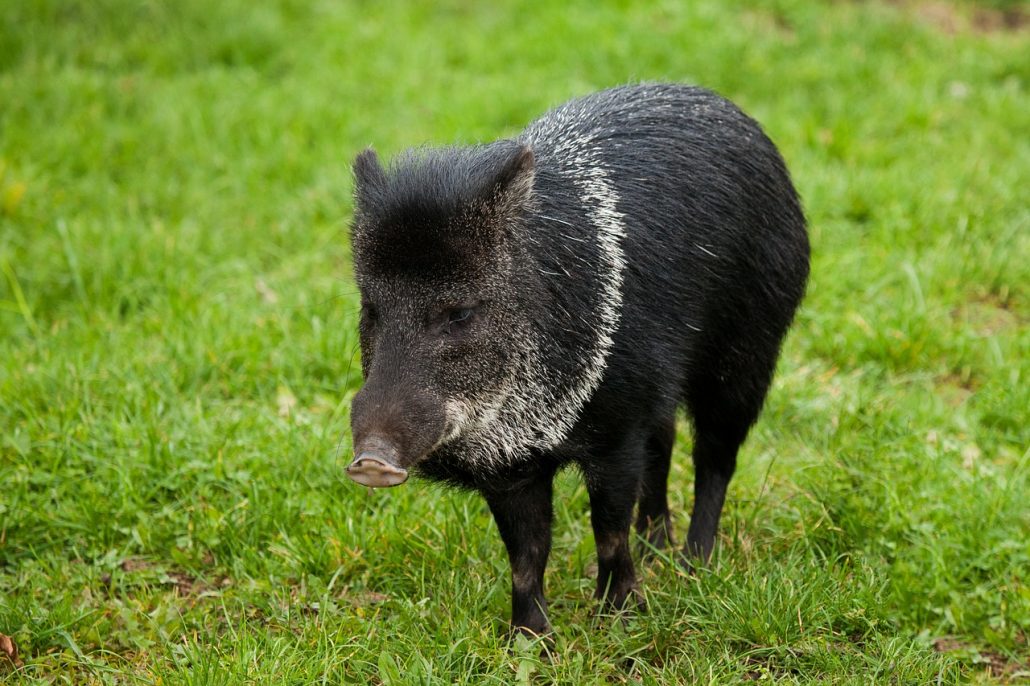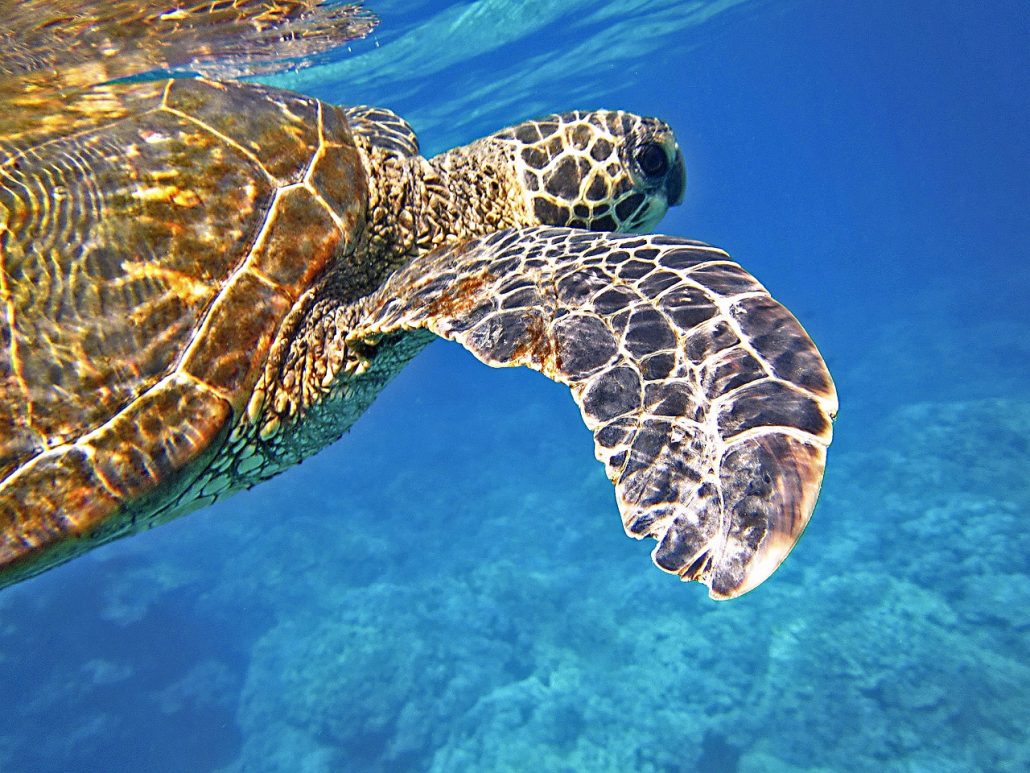Where isolated beach meets rare dry forest, where rushing rivers flow into lush mangrove forests, where epic waves crash onto rocky islands – this is Santa Rosa National Park, Costa Rica's first national park and an untouched beauty still far off the nation's beaten path.
Rough and wild, Santa Rosa is a place where white-tailed deer still frequent drinking holes and the jaguars still meander along parched landscapes. Where one of the world's last tropical dry forests meet endangered sea turtle nesting sites, where howler monkeys hoot in the tees and bats flutter through the air.
Here, amidst waist-high scrub grass and the veil of Guanacaste trees, Santa Rosa National Park protects critical habitats and prized Costa Rican history. Here, Santa Rosa National Park cradles ocean-view hiking trails and two of the world's most beloved surf sites. Here, Santa Rosa National Park calls you to outdoor adventures and inner reflections, to heart-pounding thrills and tranquil afternoons.

We'll get into each attraction in more detail, below, but here's a brief overview of the beauty and adventure that awaits within Santa Rosa National Park: Historic Sites: In addition to the La Casona Historic Museum, Santa Rosa plays host to a Monument to Our Heroes and stone corrals, both with signage detailing their historical significance. Playa Naranjo: Ideal for park-goers who also love to surf, camp, and hike, Naranjo Beach offers mangrove forests, hiking trails, campsites, and powder-soft beach – powder-soft beach that opens onto the world-famous Witch's Rock and Ollie's Point surf sites. You can have your cake and eat it, too! Murciélago & Marino Park Sectors: More on these below (see: Facilities), but these popular park sectors offer an impressive front-row seat to all manner of biological diversity, including tropical dry forest, freshwater rivers, mangroves, coral reef, and white-sand beaches.
Mangrove forest, miles of beach, and tropical dry forest promise some of the most biologically diverse flora and fauna you're likely to see in northwestern Costa Rica. While no wildlife sighting is ever guaranteed, you have a good shot at Santa Rosa, home to 750+ plant species, 4,000+ butterfly and moth species, 100+ reptile and amphibian species, and 115+ mammal species, including howler monkeys, white-nosed coatimundis, white-tailed deer (the national animal of Costa Rica), armadillos, collared peccaries, raccoons, and white-faced monkeys, among many others. And, did we mention the 250+ resident and migratory bird species? Get out your birdy bucket list because at Santa Rosa, you could spot great curassows, common black hawks, orange-fronted parakeets, thicket tinamous, lesser ground-cuckoos, rufous-naped wrens,plain-capped starthroats, elegant trogons, ivory-billed woodcreepers, magpie-jays, black-headed trogons, Eastern kingbirds, crested caracaras, and many more.
Santa Rosa National Park encompasses several of the most popular and pristine beaches on Costa Rica's north Pacific. To start, Playa Naranjo is lovely not just for its fine sands but for what those sands house: nesting sites for endangered leatherback, Pacific green, and vulnerable olive ridley sea turtles. What's more, Naranjo Beach is also home (land) base for Witch's Rock and Ollie's Point, famous surf sites forever immortalized in the surf movie classic, Endless Summer 2. It doesn't stop there, either. Santa Rosa also surrounds Playa Nancite, an ethereal silver-sand beach and home to olive ridley sea turtles– a species that nests only here, within the national park, and south at Nosara's Ostional Wildlife Refuge. Finally, stroll the sands of Playa Blanca, a white-sand beach best known for its stunning seclusion and relatively calm (and crystalline) waters. Truly, this is one of the last isolated frontiers in Costa Rica. We bet you'll be the only one(s) on the beach! (Note: Always observe caution when swimming in the ocean. Rip currents can emerge out of nowhere and there are no lifeguards here.)
Santa Rosa National Park Overview:
Location: 22 miles north of Liberia; about 2 hours north of Tamarindo Founded: 1971 Area: 91,926 acres and 192,660 maritime acres Hours: Monday through Sunday, 8 a.m. to 3:30 p.m.; extended hours: 8 a.m. to 5 p.m. during high season Telephone: 2666-5051 / 2668-1045 / 2668-1150 Entrance Fee: $15 adults / $5 childrenAttractions:

We'll get into each attraction in more detail, below, but here's a brief overview of the beauty and adventure that awaits within Santa Rosa National Park: Historic Sites: In addition to the La Casona Historic Museum, Santa Rosa plays host to a Monument to Our Heroes and stone corrals, both with signage detailing their historical significance. Playa Naranjo: Ideal for park-goers who also love to surf, camp, and hike, Naranjo Beach offers mangrove forests, hiking trails, campsites, and powder-soft beach – powder-soft beach that opens onto the world-famous Witch's Rock and Ollie's Point surf sites. You can have your cake and eat it, too! Murciélago & Marino Park Sectors: More on these below (see: Facilities), but these popular park sectors offer an impressive front-row seat to all manner of biological diversity, including tropical dry forest, freshwater rivers, mangroves, coral reef, and white-sand beaches.
History:
It's no secret that Costa Rica's national parks are home to spectacular biodiversity and startling beauty, but in Santa Rosa National Park, it's about even more than meets the eye. More than an outdoor paradise, this park invites you to travel back in time – and directly into the heart of Costa Rica's historical and cultural heritage. Consider this bit of national trivia: Costa Rica has been invaded three times by foreign-led forces. All three times, the foreign army was defeated within what is now Santa Rosa National Park. There's a lot of history here. History, surrounded by vast natural beauty. It's a pretty sweet coupling, if you ask us! But let's get back to the history: This is a story that all Costa Rican schoolchildren know (and all adults treasure). The most important battle to take place in Santa Rosa occurred on March 20, 1856, when the infamous William Walker and his "Filibuster" army were defeated by a small Costa Rican army, who triumphed at "La Casana" and forced Walker out of the country for good. But not before Juan Santamaría, today Costa Rica's national hero, lost his life to the cause. And today, "La Casona," rebuilt and now a national monument and museum, stands as testament to Santamaría and his compatriots' bravery.Flora and Fauna:

Mangrove forest, miles of beach, and tropical dry forest promise some of the most biologically diverse flora and fauna you're likely to see in northwestern Costa Rica. While no wildlife sighting is ever guaranteed, you have a good shot at Santa Rosa, home to 750+ plant species, 4,000+ butterfly and moth species, 100+ reptile and amphibian species, and 115+ mammal species, including howler monkeys, white-nosed coatimundis, white-tailed deer (the national animal of Costa Rica), armadillos, collared peccaries, raccoons, and white-faced monkeys, among many others. And, did we mention the 250+ resident and migratory bird species? Get out your birdy bucket list because at Santa Rosa, you could spot great curassows, common black hawks, orange-fronted parakeets, thicket tinamous, lesser ground-cuckoos, rufous-naped wrens,plain-capped starthroats, elegant trogons, ivory-billed woodcreepers, magpie-jays, black-headed trogons, Eastern kingbirds, crested caracaras, and many more.
Services & Facilities:
Santa Rosa National Park offers the following services:- Mirador (Lookout Point)
- Drinking water
- Campsites
- Dorm rooms
- Picnic area
- Restrooms
- Parking lot
Trails:
Santa Rosa's vast land area houses several trails, although many are difficult, unmarked, and/or dependent on the weather. Always speak with a park ranger before embarking on any of Santa Rosa's hiking trails. The two most traversed trails at Santa Rosa are the Naked Indian Trail and Sendero Nature Reserve Trail. The Naked Indian Trail (Sendero Indio Desnudo) is named after a very unique tree – immediately distinguishable for its peeling bark – while the Sendero Nature Reserve wends and weaves through tropical dry forest (notably, one of the last tropical dry forests on the planet). Park rangers can recommend additional hikes, dependent on current conditions. Choose your own adventure: lush tropical dry forest, oceanfront beach trails, scenic viewpoints, mangrove forests, and other habitats within Santa Rosa National Park. The scenery is your oyster.Beaches:

Santa Rosa National Park encompasses several of the most popular and pristine beaches on Costa Rica's north Pacific. To start, Playa Naranjo is lovely not just for its fine sands but for what those sands house: nesting sites for endangered leatherback, Pacific green, and vulnerable olive ridley sea turtles. What's more, Naranjo Beach is also home (land) base for Witch's Rock and Ollie's Point, famous surf sites forever immortalized in the surf movie classic, Endless Summer 2. It doesn't stop there, either. Santa Rosa also surrounds Playa Nancite, an ethereal silver-sand beach and home to olive ridley sea turtles– a species that nests only here, within the national park, and south at Nosara's Ostional Wildlife Refuge. Finally, stroll the sands of Playa Blanca, a white-sand beach best known for its stunning seclusion and relatively calm (and crystalline) waters. Truly, this is one of the last isolated frontiers in Costa Rica. We bet you'll be the only one(s) on the beach! (Note: Always observe caution when swimming in the ocean. Rip currents can emerge out of nowhere and there are no lifeguards here.)


